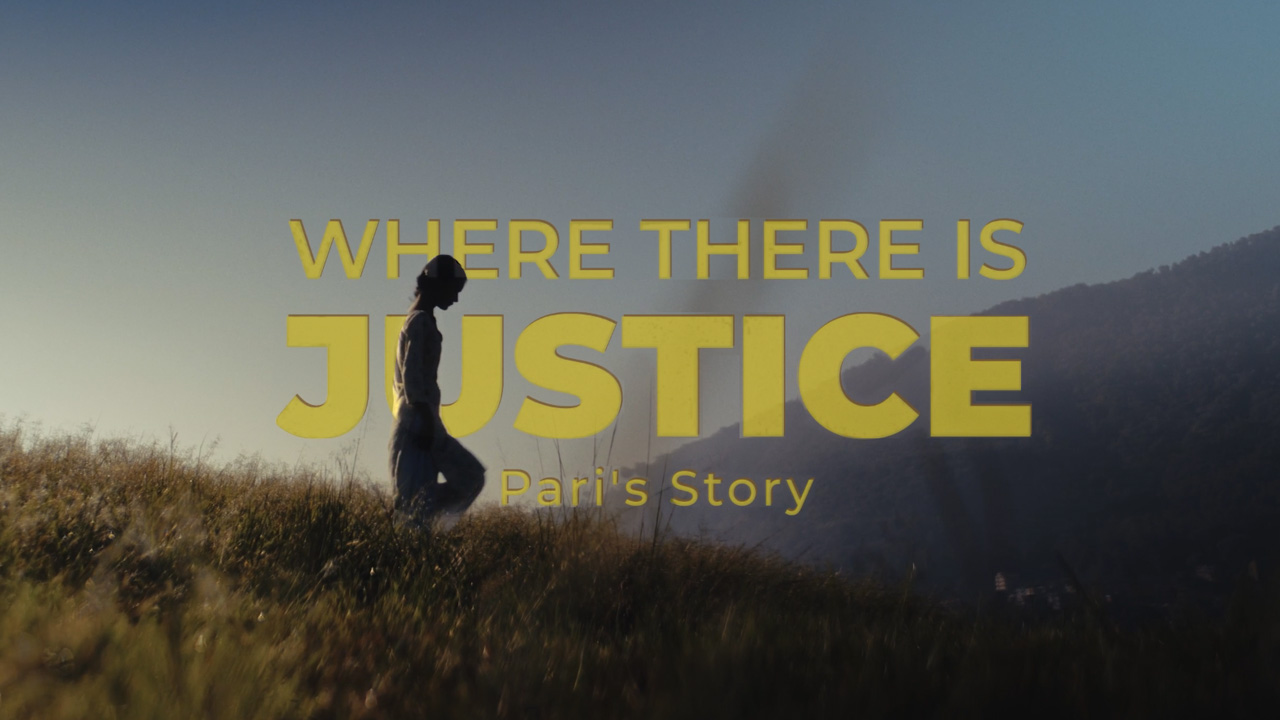One, two, three, four. Stolen.
Four teenage girls, the youngest: a mere 13-year-old. Children really.
These four children were rescued from a sex-trafficking location in Kathmandu, Nepal, thanks to JVI and our partners.
Their stories, however, do not start in the bustling, metropolitan capital. These young girls grew up poor, in the rural mountains of Nepal. While food and school are necessities many children grow up with, these children, instead, had to leave school and home in search of jobs to support their poor families.
When the girls arrived in Kathmandu, they were given work as waitresses in a restaurant. Wide-eyed, they embraced this opportunity, with hope, to earn a living. However, this hope quickly evaporated into an inescapable, living nightmare.
Trapped by sex-traffickers, the girls were forced to entertain multiple clients each day. The facility they were held in was heavily guarded, giving them nowhere to run. On top of that, the owners were powerful business people who had insider connections that turned a blind eye to any complaint of illegal activity. The girls were sinking and no one knew and no one could do anything to help.
Yet, when all their hope was running out, their prayers reached where no trafficker could go.
JVI and our local partner got wind of the illegal activity and began an investigation. After rigorous protocol, we teamed up with the National Human Rights Commission, National Child Rights Council, and local police to rescue the girls. Because of the sensitive nature of the crime and the powerful influence of the traffickers, our team remained on high alert, working around the clock to make sure the traffickers were not tipped off before the rescue.
On September 13th, the team positioned itself around the location. On command, the team raided the location, extracted the girls, and escorted them to safety.
The girls are now in the JVI aftercare program, recovering at a shelter home where they are seen again, for who they are: children.
“I want to provide my support and get justice,” said another.
“I will start a new life and study,” said one of the girls through tears.

With these words reverberating, the JVI team, our partners, and authorities will continue to pursue all necessary steps to ensure that justice is served as soon as possible on the traffickers. One trafficker has already been arrested as the team continues to work towards further arrests and prosecutions.
One. Two. Three. Four. Found. [1]
[1] In 2019, the National Human Rights Commission estimated that 1.5 million Nepalis are vulnerable to human trafficking. Nepal is a source, transit, and destination country for men, women, and children subjected to forced labor and sex trafficking.
Traffickers continue to target young, poorly educated people from traditionally marginalized castes and ethnic minority communities with limited economic opportunities and increasingly utilize social media and mobile technologies to lure the victims.
Traffickers subject Nepalis girls and boys to sex trafficking on the streets and in the AES (adult entertainment sector), including dance bars, massage parlors, and cabin “restaurants,” a type of brothel. A study focused on the Kathmandu valley determined approximately 17 percent of workers in the AES are minors and 62 percent of adult women in the AES had commenced work while a minor, including those as young as 7 years old. Data from the 2022 Trafficking in Persons Report

